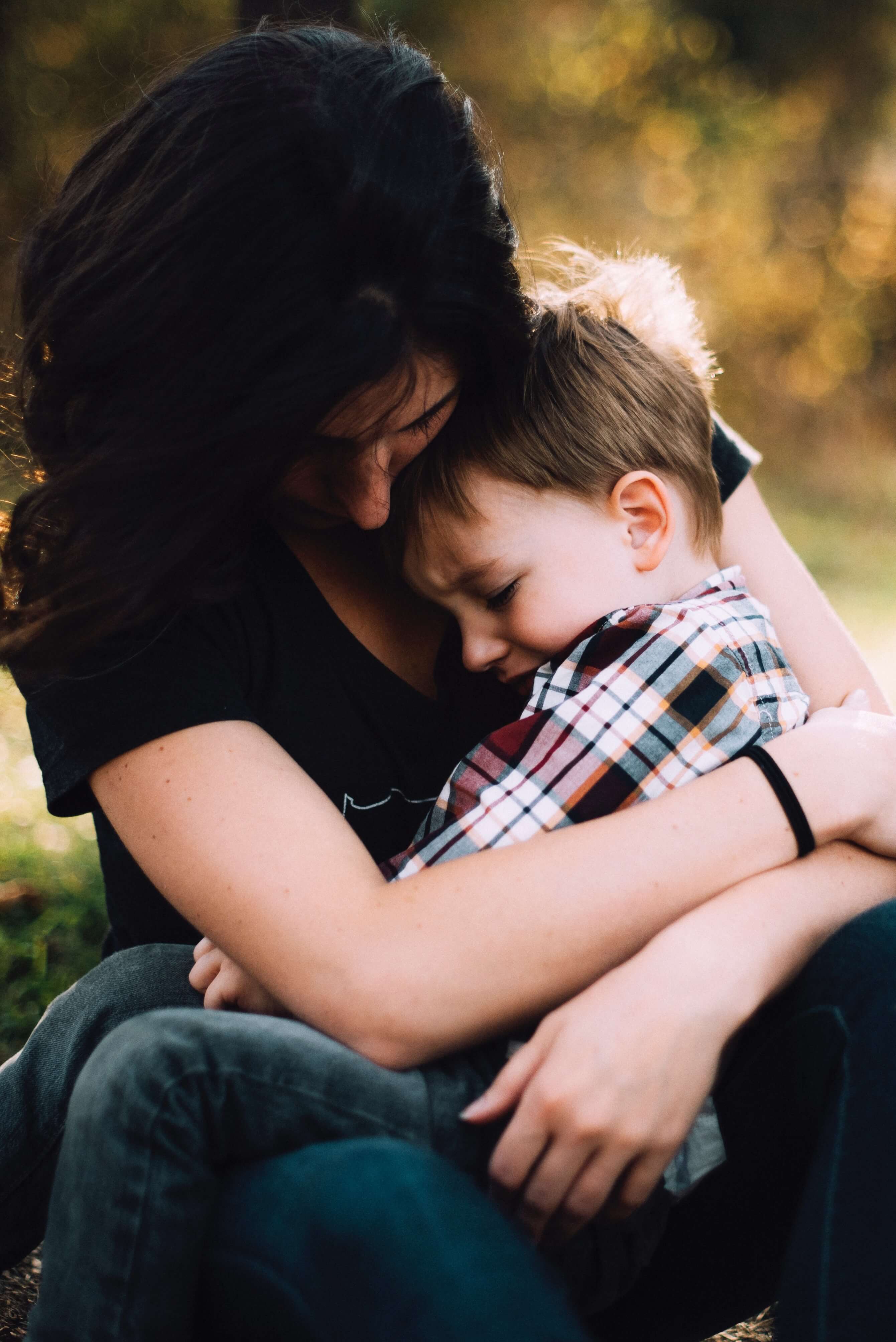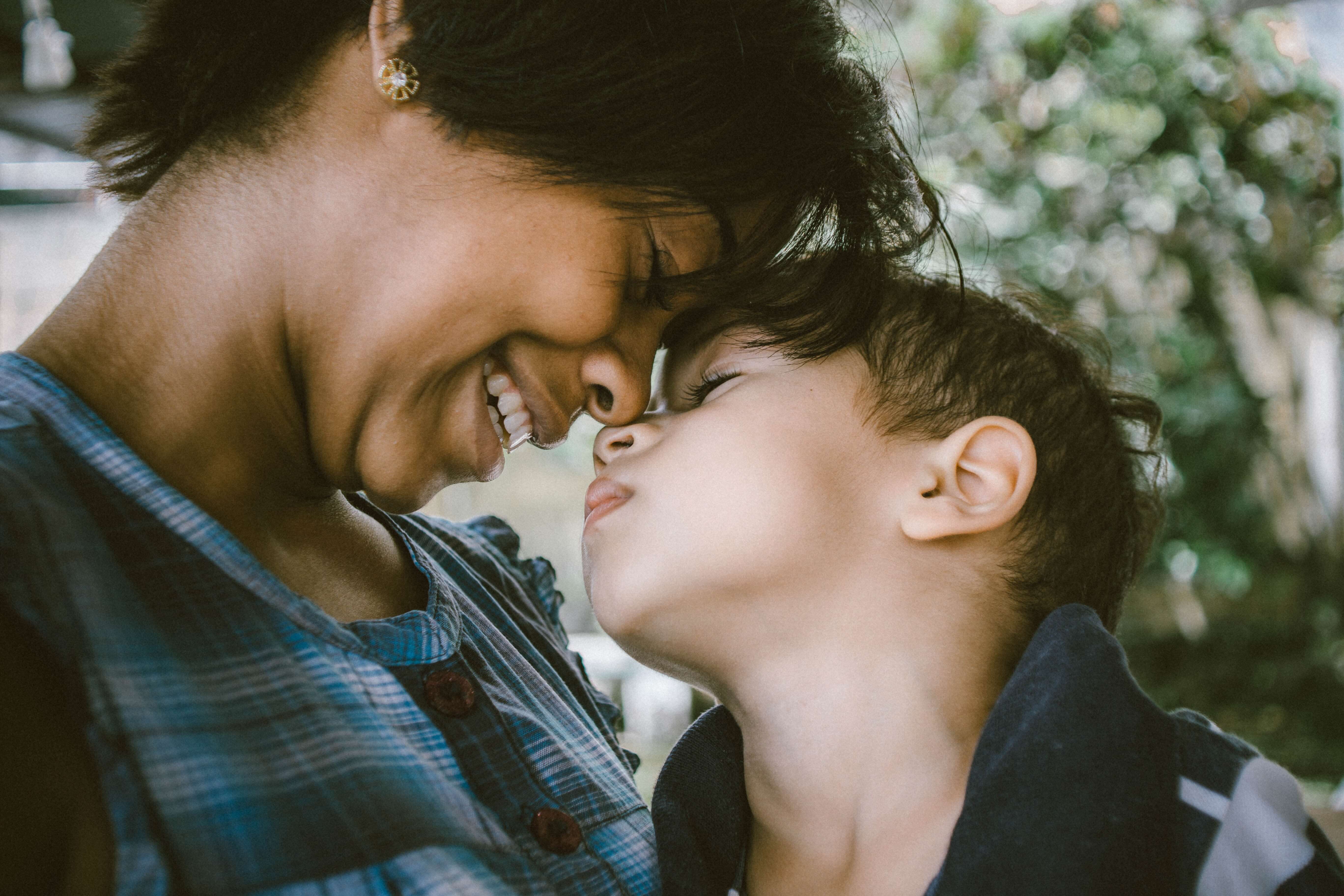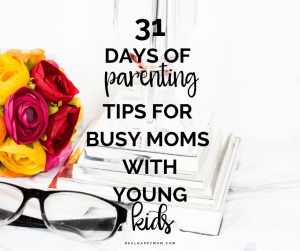When I had my first son I always anticipate what everyone called the terrible twos. My little guy was super sweet and loving.
Shortly after his second birthday the tantrums and the screaming started. At that point, I knew I was in the terrible twos territory.
The “Terrible Twos” is really an unfortunate term. It tends to set new parents, in particular, up to be apprehensive about their two-year-old.
It also causes parents to worry unnecessarily when “Terrible Twos” behavior manifests when their child is three, four, or five years old.
Now, when I had my second son I felt well prepared as a parent. I didn’t have all of the answers, but I was very confident that I get through the infant and toddler phase a lot easier because of my experience.
Regardless of the age, there are some strategies out there for keeping the tantrums and screaming from becoming completely out of control.
Here are 4 tips that have helped me the second time around.

Let them know you can take it
I am not saying that you need to intimidate your toddler. Instead, let them know you are big enough to “take it.”
When your toddler acts up, they may be looking for a reaction from you to see if their behavior is appropriate or if it gets results.
If you do not let their behavior make you react strongly, it may lessen the tantrum.
Also, by remaining calm, you are modeling the correct behavior for the situation. Your little ones are really watching you and listen to every word you say. Remember to practice good behavior, especially when the little ones are around.

Photo by Ryan Franco on Unsplash
Give a loving response
It’s tempting to want to respond angrily to your toddler’s behavior. I can tell you this never helps.
Instead, try something unexpected that is recommended by some child development experts and counselors.
Help your toddler calm down by putting your arms around them. Then, let them know that you know their feelings are really big but that you are bigger, and can help them manage those feelings.
You are physically restraining her, but in a loving way that says you are there to help her control herself, not just “hold her down.”

Photo by Jordan Whitt on Unsplash
Keep your temper in check
It’s a good idea not to have a temper tantrum of your own. If you “lose it” when your child is losing it, then all is lost!
The two tantrums tend to feed off of each other and make the situation so much worse.
Also, consider your behavior during the times when your toddler is calm.
Are you modeling anger and tantrum-like behavior as a way to handle frustrations in life?
For example, if you tend to have angry outbursts, your toddler will see this behavior and may adopt it as his own.

Photo by Bruno Nascimento on Unsplash
Establish routines
Knowing what to expect can go a long way in keeping toddler behavior calm.
Making transitions smooth – “Five more minutes until we leave the park…three more minutes…okay, one more minute…” – can also help toddlers have time to adjust to an upcoming change in activity, which tends to decrease potential frustration.
Some little ones find a timer helpful as a visual and auditory reminder of the passage of time and the upcoming change. Daily routines help toddlers feel secure, too – they don’t have to be so worried and upset about what is coming next.

Photo by Steven Libralon on Unsplash
With these tips, I am sure that you can make terrible twos not so terrible.
Let me know in the comments what has worked for you to help your little one.

This post is a part of the series 31 Days of Parenting Tips for Busy Moms With Young Kids. Each day throughout the series I am discussing a different topic regarding parenting young kids. I’d love for you to follow along and share this series with moms who may need some support or just to hear that they aren’t alone in their journey of raising young kids.
Find all of the posts in one place on the series homepage: 31 Days of Parenting Tips for Busy Moms With Young Kids

[…] may have heard about the “terrible twos.” Or maybe, you have witnessed a toddler throwing a major tantrum at the grocery […]